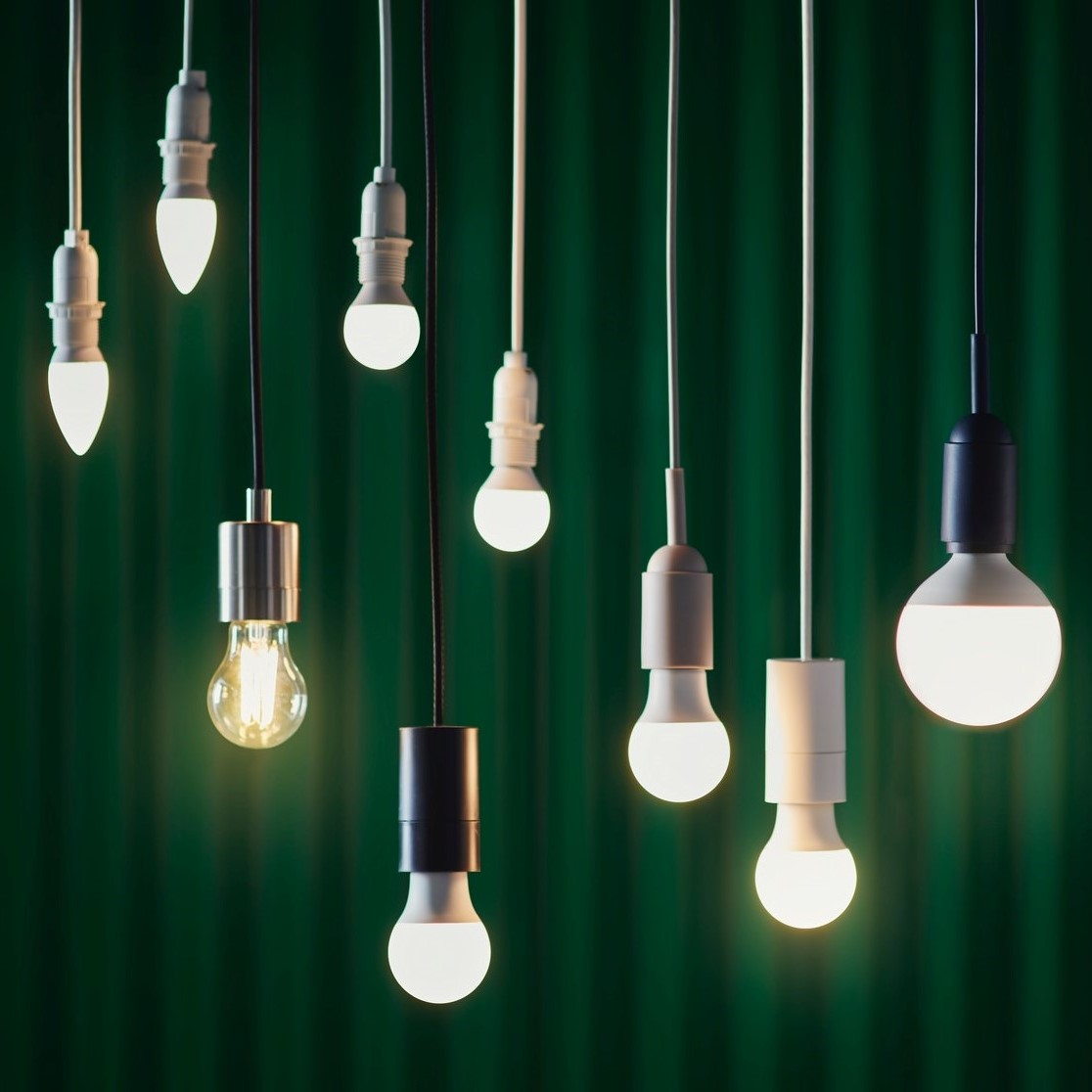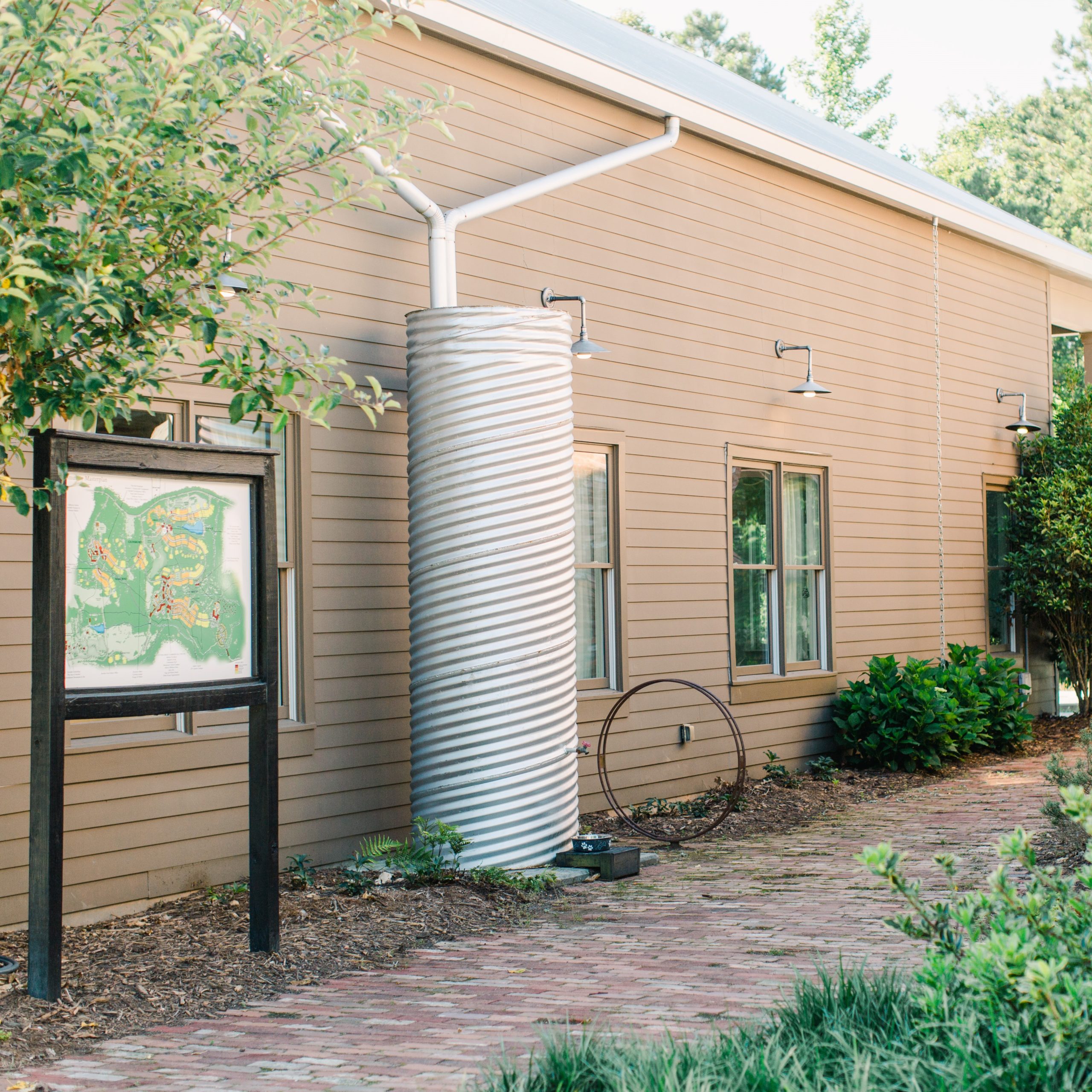By Veronica Martin
The concept of sustainability can be hard to define, and even harder to use in our homes every day. But it doesn’t have to be. Consumers vote with their wallets. So, one of the easiest things a consumer can do is patronize brands that practice sustainability in ways that are transparent and understandable. Where can consumers look to find out if a company is really committed to sustainable practices?
Let’s start with IKEA. IKEA is a Swedish-founded, Dutch-headquartered multinational brand, known worldwide for their affordable home furnishings and accessories. Back in 2012, they launched a comprehensive sustainability strategy with ambitious goals to transform the IKEA business, including the full range of activities they employ to deliver products and services. A key focus area was to help customers live a more sustainable life at home, offering products and solutions that help customers conserve energy and water.

From a personal perspective, I watched my local IKEA stop offering items like plastic bags, non-rechargeable batteries, and energy-guzzling incandescent light bulbs. Today I see trash receptacles with removable liners; long-lasting, energy-efficient LED light bulbs; and rechargeable batteries. IKEA continues to adapt their sustainable practices over time and are committed to using only renewable and recycled materials by 2030.
Lena Pripp-Kovac, Head of Sustainability at Inter Ikea Group feels that they are heading in the right direction. She states, “We’ve made some good progress. Currently 60% of the materials IKEA uses are renewable and 10% are recycled.” A prime example is the HIDRASUND mattress, which is made using natural materials like natural latex, coconut fiber, cotton, linen, jute, and wool. Pripp-Kovac explains that “natural fibres regulate body temperature, making it really comfy to sleep on.” While the HIDRASUND mattress is sold in European markets, VATNESTRÖM can be found in the US and is made with similar sustainability principles. As part of a new partnership, members of the IKEA Family customer loyalty program will be able to purchase home solar solutions, available through SunPower, to generate and store their own renewable energy.
IKEA has become an international leader in sustainable practices, both due to their actions and transparency. Extensive information concerning their sustainability strategies can be easily located on their US shopping website, and individual products show detailed materials. They also publish an annual report on sustainability strategies on their corporate site.
Live Your Values
If you want to embrace sustainability but don’t know where to start, look for values-based companies where the mission begins and ends with wellbeing. “Agrihoods” revolve around wellness, sustainable living, and functional farms for local food. These planned communities are growing in popularity around the US.
The Serenbe community, located outside Atlanta, demonstrates sustainable practices on various levels. There is the working farm that offers produce at the local farmer’s market on Saturdays. Wooded areas invite walks into wildlife and offer ecosystem lessons for children. And homes at different price points use geothermal energy, solar energy, or a combination for heating and cooling. EV charging stations are located throughout the community. You don’t have to live there to get lots of ideas on how to add sustainable practices to your everyday life.
Serenbe founders Steve and Marie Lupo Nygren first discovered the Chattahoochee Hills area during weekend visits to a farmhouse they enjoyed. Over time, the couple bought the farmhouse, converted it to a bed and breakfast, and purchased the 38,000 acres of land around it that have become Serenbe. The community focal point is a 25-acre professionally managed organic farm that provides farm-to-table produce for three neighborhood restaurants and the weekend farmers market that is open to residents and non-residents alike. It’s also an educational tool for teaching agriculture via group tours and family visits.

All the homes and buildings carry an EarthCraft certification, indicating environmentally responsible design and construction. This includes the use of low-maintenance renewable and recyclable building materials, and fixtures and appliances that provide higher levels of water conservation and energy efficiency than average. Seventy percent of Serenbe’s land will be preserved for agriculture and recreation, so there is no threat of future over-development.
Sustainable Practices Checklist
It should be easy to find out if a company is sincerely committed to sustainable practices—not just greenwashing.
Transparency
Large, public companies produce annual reports for their shareholders or stakeholders, sometimes producing separate progress reports on sustainability initiatives. These reports should be easy to locate on their websites. Look for sustainability practices related to their core business. For example, it’s nice if they plant trees, but if they’re not sourcing forestry or agricultural products, is it really impactful? Check for terms like corporate social responsibility (CSR) or environmental, social, and governance (ESG) bona fides. Bonus points for ESGs, as it has become the criteria that investors use to identify sustainable companies.
Regardless of company size, materials, ingredients, and supply chain information should be readily available and understandable on packaging and promotional materials.

Core Values
Just about everyone doing business these days has a LinkedIn profile and most companies can also be located on Twitter or Facebook. Check there to see how a company of interest is engaging on important sustainability topics…or not engaging at all. Over time, you’ll see whether they truly embrace sustainable practices as core values or if it’s just something to say on a website or label.
Are companies just offering influencers good deals, or are they achieving sustainability milestones and announcing new objectives?
Personal Interest and Investment
Is it obvious that company leadership has a personal commitment to sustainability? Is the company investing in ethical, sustainable, or health and wellness certifications. Do they promote sustainable resources or affiliate with like-minded businesses? Are they truly helping you with sustainable practices in your home?
The author:
Veronica Martin has been a sustainability solution-seeker for most of her adult life. Recycling and upcycling were her way of life long before the terms became commonplace. Veronica has a MSc degree in Sustainable Energy and is currently researching sustainable solutions worldwide.
For more information and inspiration on selecting sustainble materials, explore our #EcoRenovate journey.
Some of the links in this article are affiliate links, meaning at no additional cost to you, we will earn a commission if you click through and make a purchase. Thank you for helping us continue to bring you great content.








